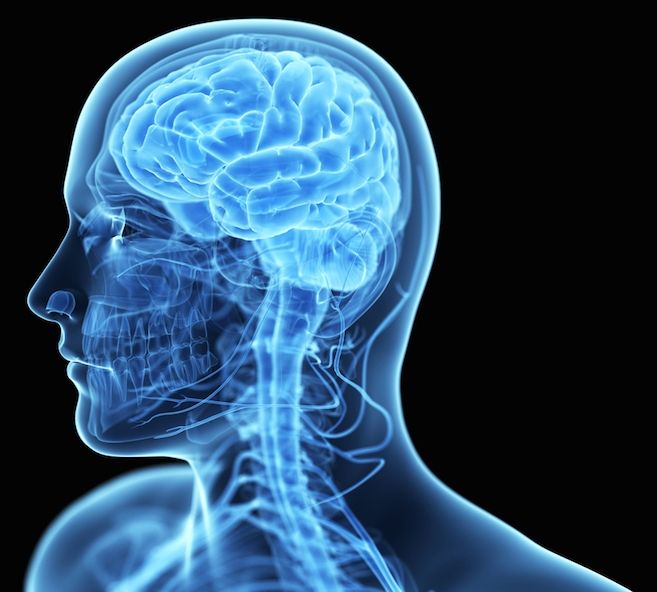Page 11716
Feb 11, 2016
Mammal brain frozen and thawed out perfectly for first time
Posted by Genevieve Klien in categories: biotech/medical, food, neuroscience
Interesting. What do you think of this?
A mammal brain has been defrosted from cryogenic storage in an almost perfect state for the first time. This breakthrough, accomplished using a rabbit brain, brings us one – albeit tiny – step closer to the prospect of reanimating a human brain that has been cryogenically preserved.
After death, organs begin to decay, but we can delay this by cooling these tissues, just like freezing food. But in the same way that a frozen strawberry becomes soggy when defrosted, it is difficult to perfectly preserve mammals at cold temperatures. We, and strawberries, contain large amounts of water, which freezes into ice crystals that damage cells.
Continue reading “Mammal brain frozen and thawed out perfectly for first time” »
Feb 11, 2016
Researchers Achieve Fastest Ever Data Transmission at Blistering 1.125 Tbps
Posted by Shailesh Prasad in categories: entertainment, internet
A team of researchers has achieved the fastest ever transmission rate for digital information between a single transmitter and receiver, sending data optically at a frankly ridiculous 1.125 terabits per second.
The result, achieved by scientists at University College London, uses a series of signal processing techniques to achieve the speed. But first, the lead researcher, Dr Robert Maher, puts the rate into context in a press release:
For comparison this is almost 50,000 times greater than the average speed of a UK broadband connection of 24 megabits per second… To give an example, the data rate we have achieved would allow the entire HD Game of Thrones series to be downloaded within one second.
Feb 11, 2016
Large Hadron Collidor Finds Particles That Defy The Standard Model Of Physics
Posted by Shailesh Prasad in category: particle physics
An international group of scientists, with the help of CERN’s Large Hadron Collider (LHC), have found proof of something physicists have spent decades expecting for, subatomic particles acting in a way that challenges the Standard Model. By using the LHC, scientists observed conditions that violate the standard rules of particle physics. The group of physicists looked at data gathered from the LHC’s first run from year 2011–2012, a run made famed for the discovery of the Higgs boson, and found the proof they were looking for: Leptons disobeying the Standard Model. Leptons are a group of subatomic particles consist of of three different variations: the tau, the electron, and the muon. Electrons are very stable, however both the tau and muon decay very fast.
 Image credit: Michael Taylor/Shutterstock.
Image credit: Michael Taylor/Shutterstock.
Feb 11, 2016
Low B12 Seen in Aging, Autism and Schizophrenia
Posted by Bryan Gatton in categories: life extension, neuroscience
A study of cadavers reveals a dramatic decrease of vitamin B12 in the brain across the ages but also among young people with autism and schizophrenia.
Feb 11, 2016
How to Build a Quantum Computer
Posted by Karen Hurst in categories: computing, particle physics, quantum physics

Quantum Entanglement “Fluffy Bunny Style”.
UVM physicist wins NSF CAREER grant to study entanglement 02-08-2016 By Joshua E. Brown Two different ways in which atoms can be quantum entangled. Left: spatial entanglement where atoms in two separated regions share quantum information. Right: particle entanglement for identical atoms (colored here for clarity) due to quantum statistics and interactions.
Feb 11, 2016
The First Image Ever of a Hydrogen Atom’s Orbital Structure
Posted by Shailesh Prasad in categories: information science, particle physics, quantum physics
What you’re looking at is the first direct observation of an atom’s electron orbital — an atom’s actual wave function! To capture the image, researchers utilized a new quantum microscope — an incredible new device that literally allows scientists to gaze into the quantum realm.
An orbital structure is the space in an atom that’s occupied by an electron. But when describing these super-microscopic properties of matter, scientists have had to rely on wave functions — a mathematical way of describing the fuzzy quantum states of particles, namely how they behave in both space and time. Typically, quantum physicists use formulas like the Schrödinger equation to describe these states, often coming up with complex numbers and fancy graphs.
Up until this point, scientists have never been able to actually observe the wave function. Trying to catch a glimpse of an atom’s exact position or the momentum of its lone electron has been like trying to catch a swarm of flies with one hand; direct observations have this nasty way of disrupting quantum coherence. What’s been required to capture a full quantum state is a tool that can statistically average many measurements over time.
Feb 10, 2016
Singapore Makes Plans to 3D Print Public Housing
Posted by Shailesh Prasad in categories: 3D printing, economics, habitats

In a world of economic scarcity, public housing has become essential for sheltering our species’ most vulnerable populations. Interestingly, the island city-state of Sinagpore having a unique approach to public housing, with 80% of the resident population living in government buildings and, more than that, the small nation implemented some housing practices that the United States has sometimes been too afraid to tackle when it comes to public housing: socioeconomically integrated public developments. Now, Singapore is moving beyond these important strategies to novel methods of construction, namely 3D printing.

Continue reading “Singapore Makes Plans to 3D Print Public Housing” »















